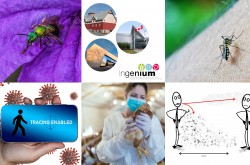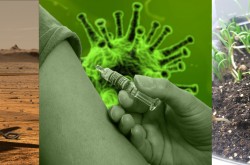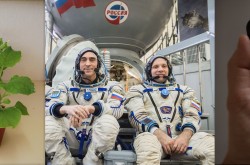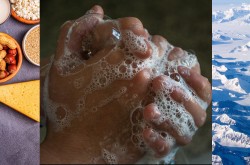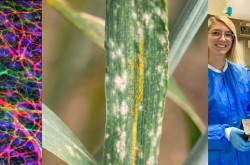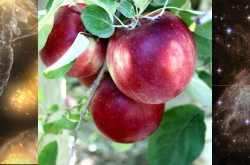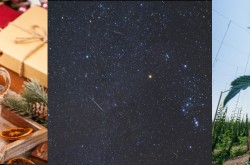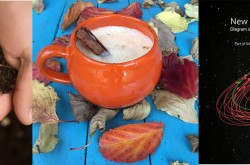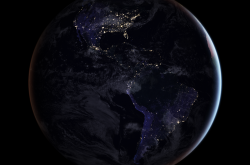Understanding Saturn, its rings, and its moons: The Cassini-Huygens Mission
The Cassini-Huygens spacecraft is a dual orbiter (Cassini) and lander (Huygens) currently orbiting Saturn. It launched from Cape Canaveral on October 15, 1997, entered orbit around Saturn on the July 1, 2004, and has been studying the Saturnian system ever since. After two mission extensions, and a grand total of almost 13 years orbiting the giant gas planet, Cassini-Huygens’ mission is now coming to a close. The European Space Agency (ESA) built and operated the Huygens lander, which flew with the Cassini orbiter out to Saturn. Over that time, it has become one of the most successful missions in NASA/ ESA history, redefining our understanding of Saturn, its rings, and its moons. As the mission enters its final phase, we look back over where it has been, and what it has accomplished.
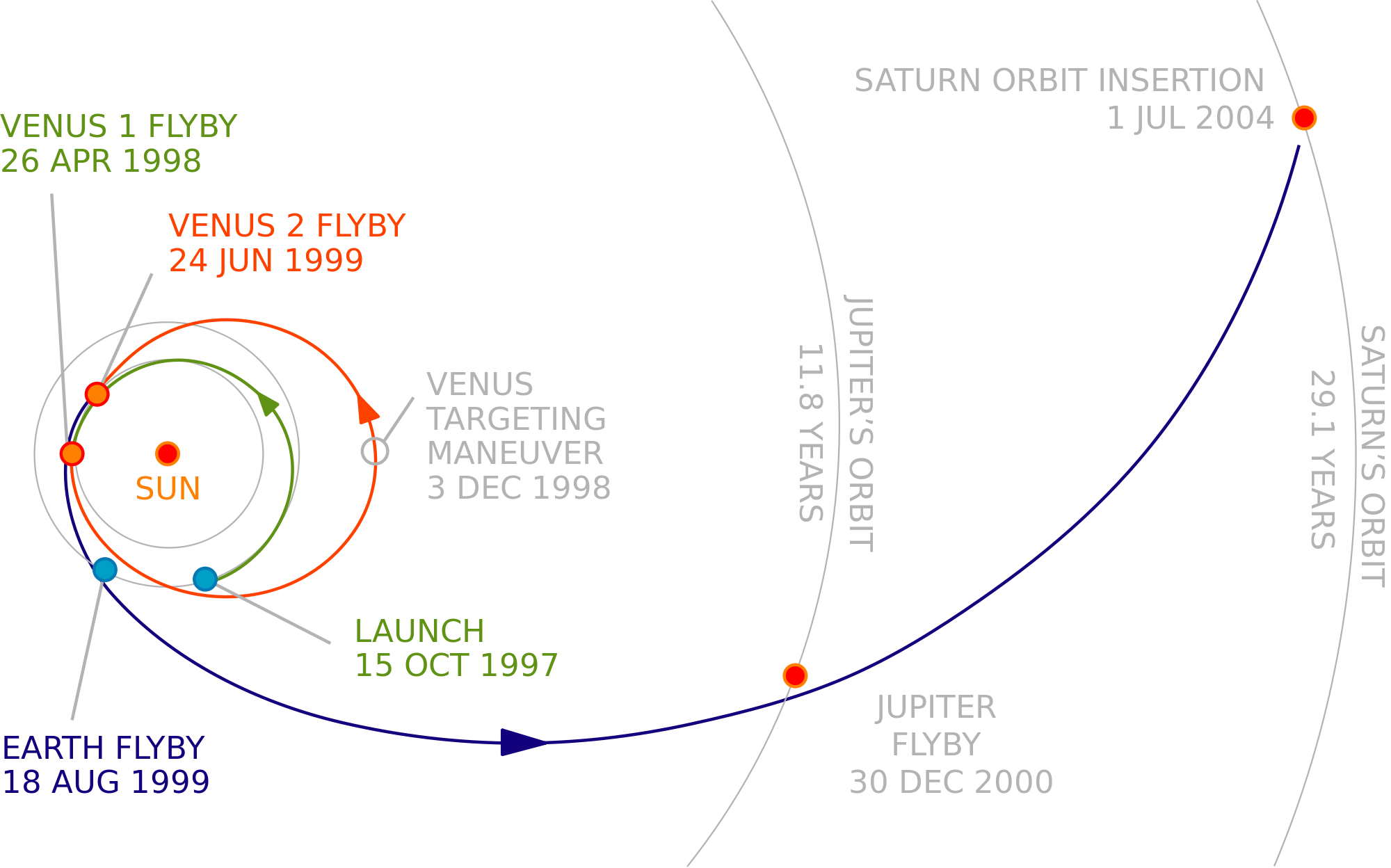
Saturn is far away and difficult to get to; you can’t just fly directly at it. After launch in 1997, Cassini-Huygens performed gravity assist maneuvers at Venus in April 1998 and June 1999, Earth in August 1999, and then Jupiter in December 2000. Each gravity-assist gave the spacecraft an extra kick of velocity, so it could reach Saturn in just under 7 years of flight time. Captured by Saturn’s gravitational field, it officially entered into orbit on July 1, 2004. But even before becoming the first spacecraft to orbit Saturn, it had already taken pictures of asteroid 2685 Masursky, made a better characterization of Jupiter’s bands, and discovered two new Saturnian moons: Methone and Pallene.
Titan
One of the first things Cassini-Huygens did upon arrival at the Saturnian system was to study its largest moon, Titan. As a result of Saturn flybys by Pioneer 11 and the Voyager probes in the late 1970s and early 1980s, planetary scientists had already confirmed the presence of an atmosphere on Titan composed of nitrogen and methane. Coupled with observations by the Hubble Space Telescope in 1995, they were also confident the conditions were right for liquid methane to exist on the surface in large quantities, such as lakes or oceans. No other moon in the solar system has an atmosphere, and there is no other place with liquids on its surface than Earth. Because of this, Titan was made a scientific priority for the Cassini-Huygens mission.
Huygens landed on Titan on the January 14, 2005, the first spacecraft to land on a body in the outer solar system. It gathered and relayed data back to Cassini during descent and for approximately 90 minutes on the surface. Eventually Cassini went out of range, and not long after Huygen’s batteries failed. From the images related back, it appears Huygens landed on a surface with a mud-like consistency, however, there was no evidence of large bodies of liquid nearby. In subsequent flybys, Cassini confirmed that Titan does, in fact, have massive lakes of methane concentrated near the northern polar region. The combined efforts of Cassini and Huygens have shown there is a full methane cycle on Titan: it evaporates, rains, and freezes.
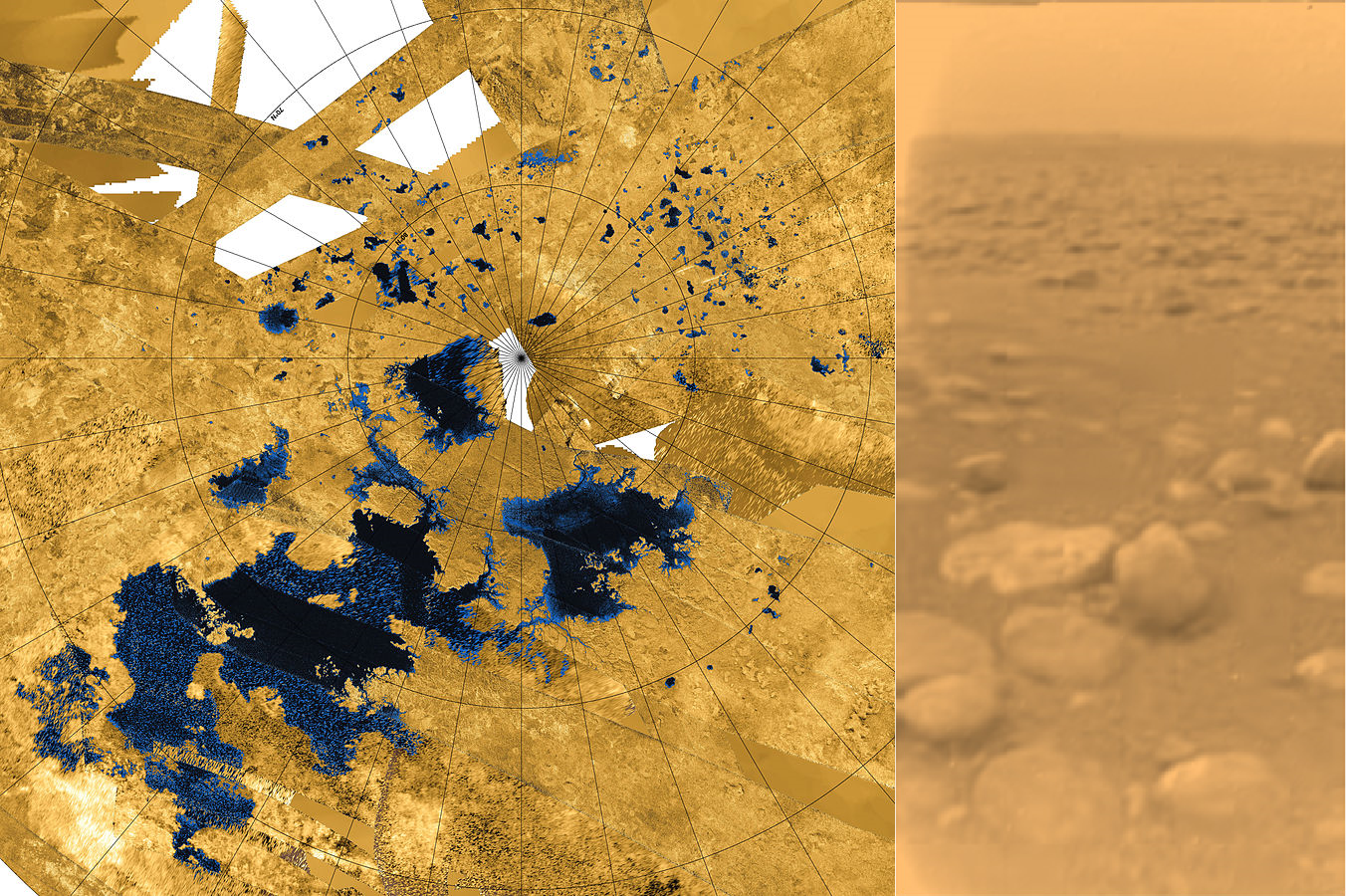
Enceladus
A better understanding of Enceladus is one of Cassini’s greatest contributions to our understanding of the solar system. Enceladus is an ice-moon, with a surface entirely covered with thick water ice. Close flybys of the moon by Cassini revealed massive geysers erupting large amounts of liquid water hundreds of kilometres into space from the south pole of the moon. Along with other measurements, this confirmed Enceladus also has a massive ocean of liquid water below its ice surface. In fact, there is more water on Enceladus than there is on Earth. Most recently, Cassini detected molecular hydrogen in the water plumes as the spacecraft flew through one of the active geysers. This is important, because the presence of molecular hydrogen indicates the water is reacting with rocks at the bottom of Enceladus’ ocean via hydrothermal processes (such as a hydrothermal vent). This firmly places Enceladus as one of the best locations to focus a search for life elsewhere in the solar system.


The Ring System
The rings of Saturn have been studied since Galileo pointed his telescope and called them “the ears of Saturn.” We now know they are composed of billions of chunks of water ice ranging in size from 1 cm to 10 m, stretching from about 8,000 km to 80,000 km from the cloud-tops of Saturn, while remaining only about 1 km thick. That’s impressively thin; relatively speaking, thinner than a piece of paper!
Under the scrutinous eyes of Cassini’s cameras, the rings have proven to be much more complex than originally realized. For example, while the Voyager probes discovered the Keeler Gap, a 42 kilometre gap within the A ring of Saturn, Cassini discovered the moon Daphnis within that gap. The gravitational effect of the moon not only creates the gap, but also creates beautiful ripple effects at the ring edges. It is likely that most of the gaps in the rings of Saturn, big or small, are created by tiny moonlets gravitationally carving out their orbit.
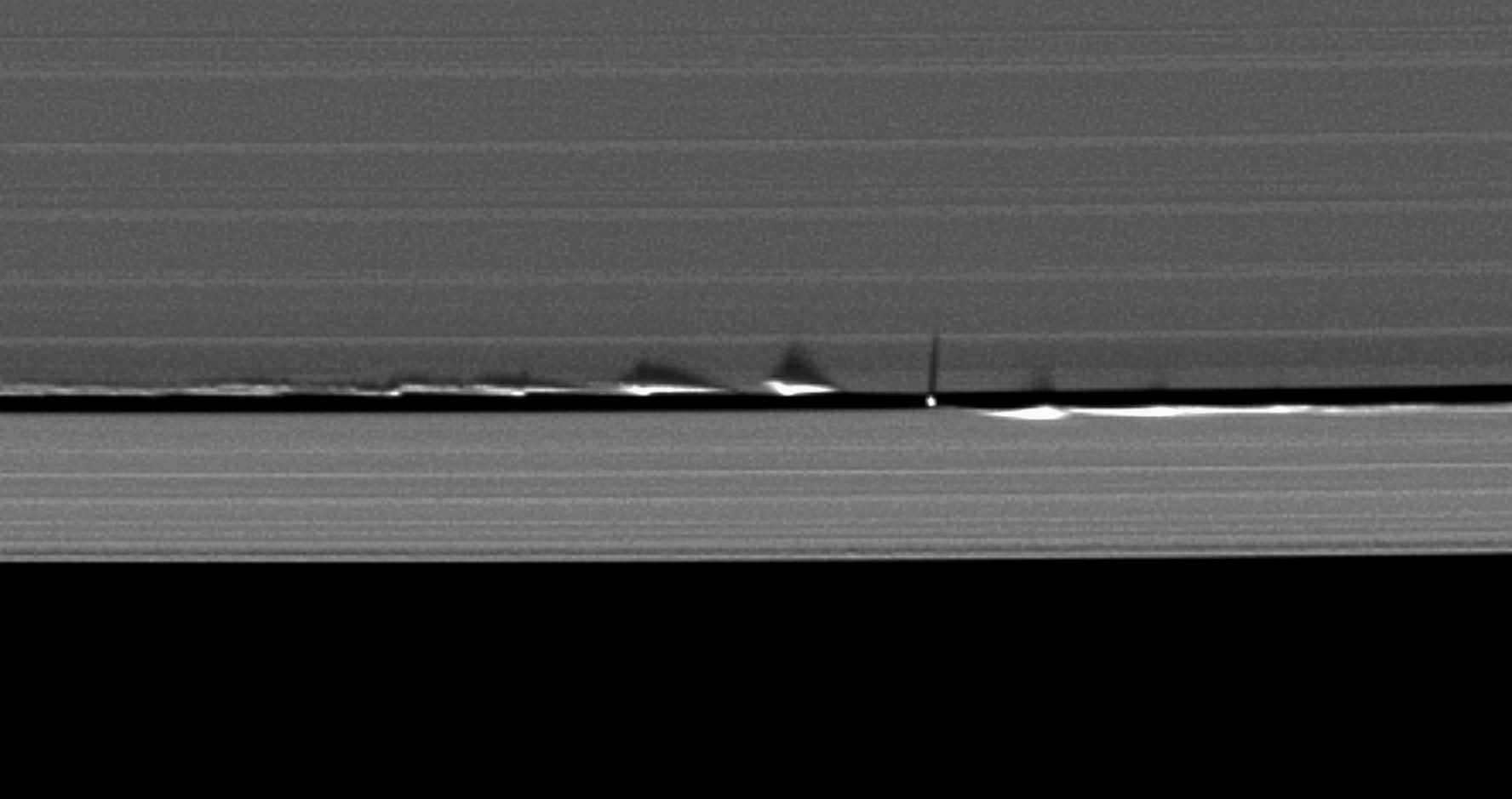
Cassini also has discovered multiple propeller-like features in the rings likely caused by even more small moonlets, similar to the way Daphnis creates ripples on either side of the Keeler Gap. The “Bleriot propeller,” named after the French aviator, is the largest of these features, and was recently imaged by Cassini during its Grand Finale phase.

Saturn
While the list above is plentiful we have yet to start on Cassini’s work regarding Saturn itself. Cassini’s primary mission ended after 4 years, but was extended twice: once in 2008, the “Equinox Mission” and again in 2010, the “Solstice Mission.” Saturn’s orbit around the Sun takes about 30 Earth years; thus Cassini has observed the planet roughly half of its year. This has enabled long term observations of seasonal changes to the planet. For example: the hexagonal vortex at the north pole. Now, the hexagon itself was discovered by the Voyager probes in 1981; and, with the help of Cassini, researchers are still trying to figure out why the winds are turning at sharp angles. However, over the 13 years Cassini has been observing, the hexagon has changed colour from blue to gold. This is likely linked to the north pole receiving more sunlight and creating haze during the northern hemisphere’s summer solstice.
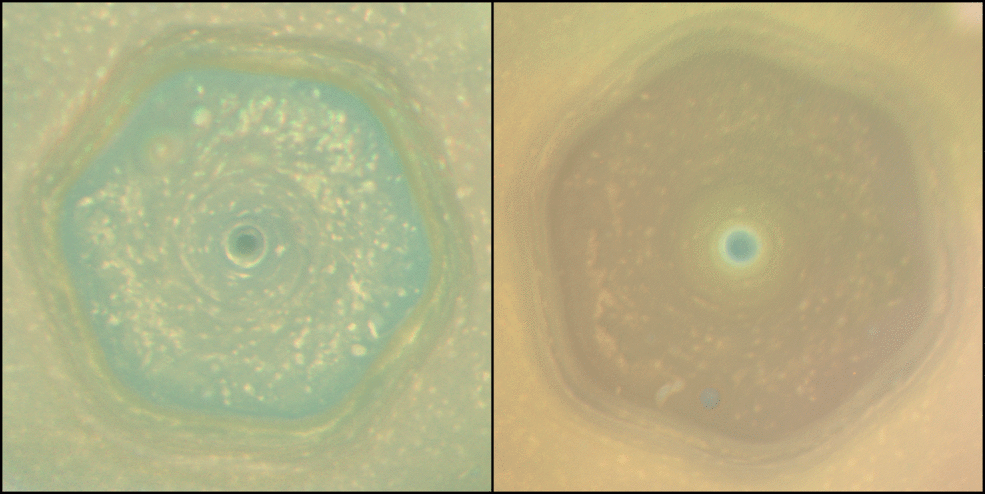
Cassini was also able to observe the semi-periodic white storm known as the Great White Spot. The spacecraft observed its emergence in December 2010, which slowly wrapped around the entire planet and then engulfed itself in August 2011. After Cassini made observations of its full cycles, scientists were able to propose a cause of the Great White Spot: before a storm can start again on Saturn, a large amount of cooling is required.

Cassini’s perhaps most famous image is entitled “The Day the Earth Smiled,” taken when Cassini had maneuvered itself into opposition, with the Sun and Cassini exactly opposite each other in the sky from Saturn’s point of view. The unique locale allowed Cassini to image Saturn backlit: by the Sun. Earth and its moon were caught in the shot, along with Mars, and a handful of other things. This was the third time in history that Earth had been imaged from the outer solar system.

The Grand Finale
Having been flying for almost 20 years, it’s hard to remember a time without Cassini and Huygens. Unfortunately, Cassini has a dwindling fuel supply that it uses to correct its orbit. If it were to run out, the spacecraft would effectively become “dead in the water.” However unlikely, a dead spacecraft could accidentally crash into the ice-moon Enceladus or the “early-Earth” Titan, and possibly contaminate those worlds with Earth bacteria. In order to conserve the pristine environments of those moons, the Cassini-Huygens staff have decided to end the mission by crashing it into Saturn itself, where it will burn up in the upper atmosphere. But before doing so, they have planned 22 orbits that pass through the gap between Saturn and its rings, a place no spacecraft has ever been. These orbits are set up to help answer questions such as, how much mass is in the rings of Saturn? And, what is the true rotation rate of Saturn? Fundamental questions that have gone unanswered.





